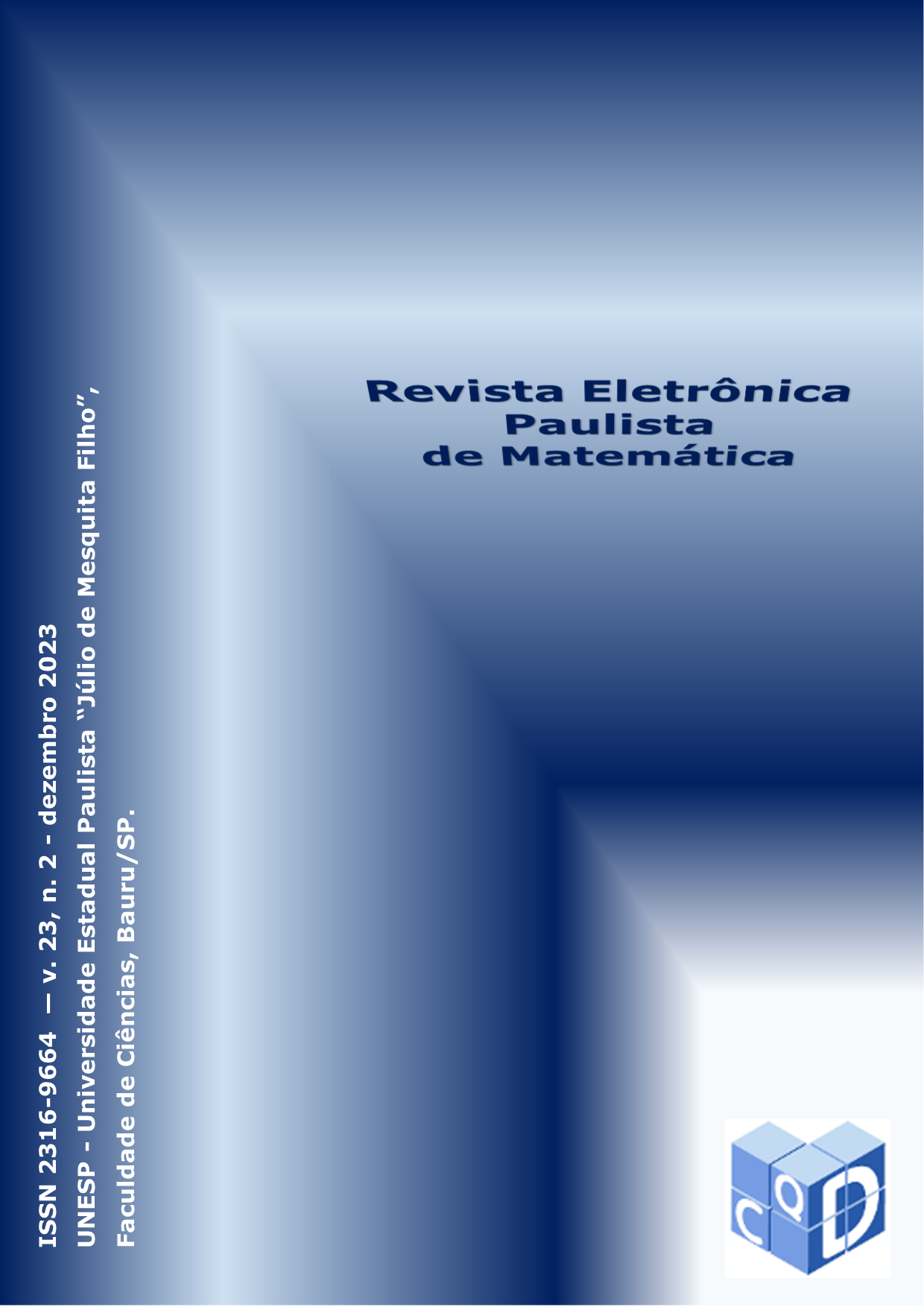The paths of the roots of the quadratic function
DOI:
https://doi.org/10.21167/cqdv23n22023036061Keywords:
Quadratic function. Second degree polynomial. Roots. Complex roots. Real roots. Double roots. Paths.Abstract
In this paper we fix two real coefficients and vary the remaining real coefficient of the quadratic function (second degree polynomial function) to obtain the paths described by the two roots of the function in the complex plane. Such paths rest on circumferences whose centers are on the real axis, on the real axis, on parallels to the imaginary axis or on the imaginary axis, and at the origin. In the appropriate situations, the Figures specify which point or points must be excluded from the circumferences and from the straight lines. Comments also accompany the Figures. We differentiate the directions of the paths of the real roots when the existence or not of non-real complex roots. We determine the situations in which double roots appear. We determine the common adherent point(s) to the two sets formed by the points of the paths of both roots. We used Pre Calculus, Calculus of one real variable and a bit of Analysis to prove these results.
Downloads
Published
How to Cite
Issue
Section
License
Copyright (c) 2023 C.Q.D. - Revista Eletrônica Paulista de Matemática

This work is licensed under a Creative Commons Attribution 4.0 International License.


